This post takes you through the actual steps you need to start sewing your own clothes from beginner level to advanced.
Have you ever looked at all those store bought professionally sewn outfits and wondered how all the pieces came together to form something so admirable?
Or have you been wondering if it is cheaper to make your own clothes from scratch?
Maybe you are even wondering how long it will take to learn how to sew your own clothes and perfect the skill!
Sewing is one skill that will always provide a sure meal ticket when monetized. Obviously because clothing, aside being one of the basic need of man is essential and serves to add personality to someone.
From mere looking at a person and how they dress, you can tell what their style is and as such, can guess their personality.

This gives so much importance to the skill and makes it more admirable when one can make her own clothes and create a physical representation of her persona with her own hands.
This is an admirable attribute and should not be overlooked.
One of my purpose is to teach people how to make their own clothes in the easiest way possible.
Demystifying all the sewing myths and making the knowledge of sewing more accessible and comprehensive even for dummies.
In this article, I’ll be walking you through all the necessary things and mindset you need and should consider before you start your sewing journey.
Sewing your own clothes is possible, and coming from a self-thought dressmaker who couldn’t properly sew a button at the start of her sewing journey, I would say that with the right tools and a heavy dose of patience, just anyone can make their own clothes and create all the designs possible.
With that out of the way, let’s get into how you can start making your own clothes and have the wardrobe of your dream.
HOW TO START MAKING YOUR OWN CLOTHES FROM BEGINNERS TO ADVANCED LEVEL
1. DECIDE ON THE KIND OF CLOTHES YOU WANT TO MAKE
 It can be quite a liberating and exhilarating experience when you are starting to make your own clothes, but this can be overwhelming as there are too many information and resources to splurge on.
It can be quite a liberating and exhilarating experience when you are starting to make your own clothes, but this can be overwhelming as there are too many information and resources to splurge on.
Sewing is a pretty broad industry, and it is important to know beforehand what area you will like to focus on.
If your sole focus is to make your own clothes, then the question of where you should specialize is already answered.
If you are a female, you would want to get yourself more familiar with all the elements that makes up the female clothing.
Elements to consider are fabric type and thickness, design elements like darts, tucks, pleats, trims and notions as well as embellishments.
You should also get familiar with all the body parts the contours and curves of the woman body.
If all these words sound foreign to you, I made a list of sewing lingos and jargons that will equip you with the basic knowledge for your sewing journey, and I made sure to explain them in the simplest words possible.
-
MAKE UP YOUR MIND
Before you delve into the world of sewing, you have to be well aware of what it takes and how long it will take to become a seasoned dressmaker. Having that in mind will prepare you psychologically for the ride ahead.
Having the right mindset will work to your own benefit because nothing will take you unaware. When you get into sewing with an open mind, you won’t get easily discouraged when you face difficulties.
Also decide if you will only be altering your own clothes or sewing a complete garment or making your own pattern and sewing as well.
It is better to have this out of the way, so that you will be able to navigate when you fully delve into the world of sewing.
Decide from an early stage what you want to make out of your sewing skill, so that you don’t waste your time on the wrong things achieving little in the end.
3. CREATE AN ENABLING ENVIRONMENT
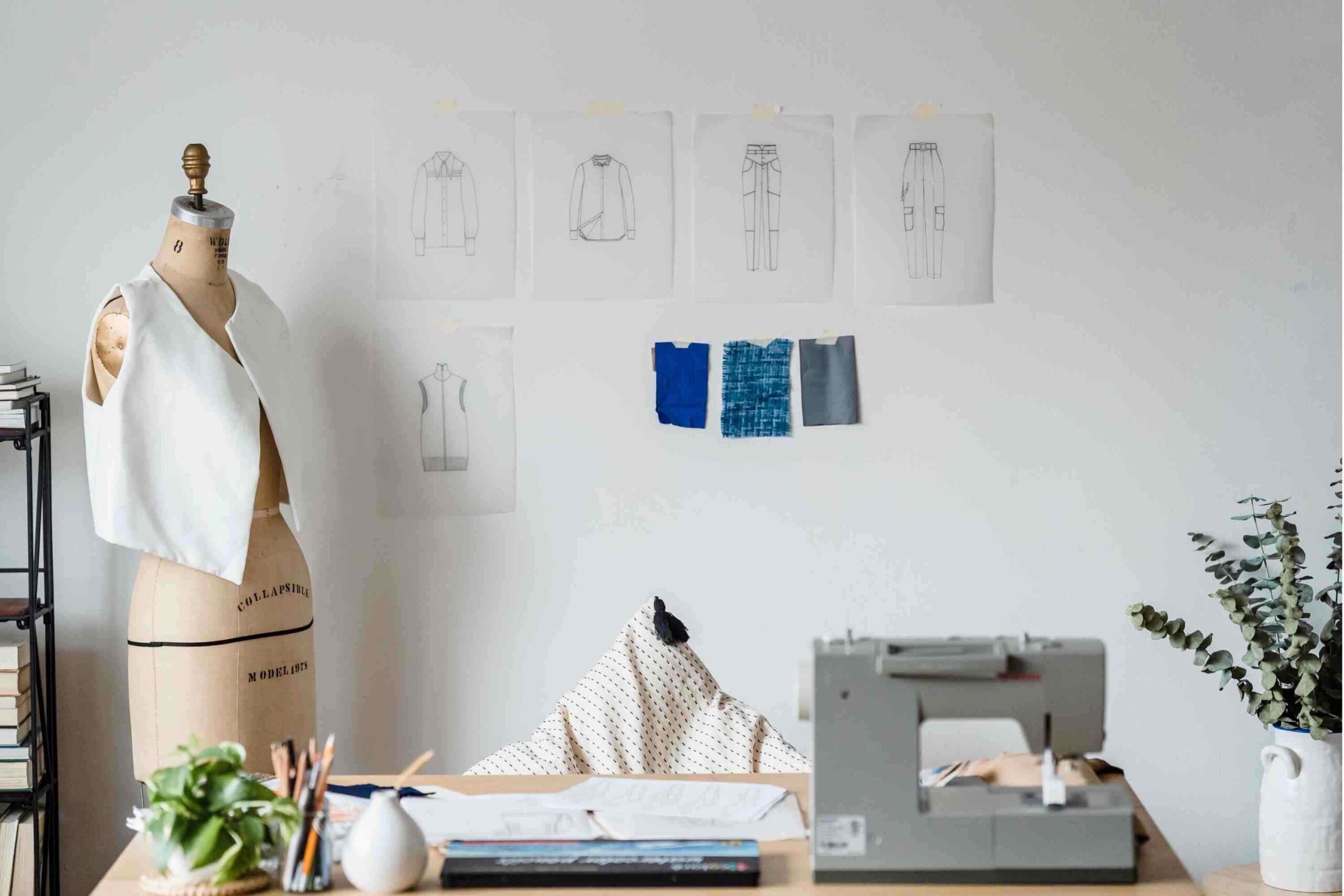 This is a very important step to take when starting your sewing journey. This is what will determine how you will enjoy your new found skill.
This is a very important step to take when starting your sewing journey. This is what will determine how you will enjoy your new found skill.
When your environment is favorable, all you have to worry about is how well you are enjoying the technicalities involved in your sewing projects, and not necessarily how favorable and enabling your environment is.
Things to consider are;
- Your sewing spaces. This can be a corner of your home that is free from clutters.
- You also need a cutting table, as this is very essential for pattern drafting and cutting out your fabric. When I started sewing, because I have very limited funds to invest in basic tools and a table, I did my pattern drafting and fabric cutting on the floor, and this took a toll on my health. I wouldn’t want that for you. Invest in a good cutting table, or you can improvise by using your dining table or freezer top.
- You will also need storage spaces. This will be used to store all your sewing supplies like trims and notions, sewing patterns, sewing tools and possibly fabrics.
-
GET THE RIGHT TOOLS AND SUPPLIES
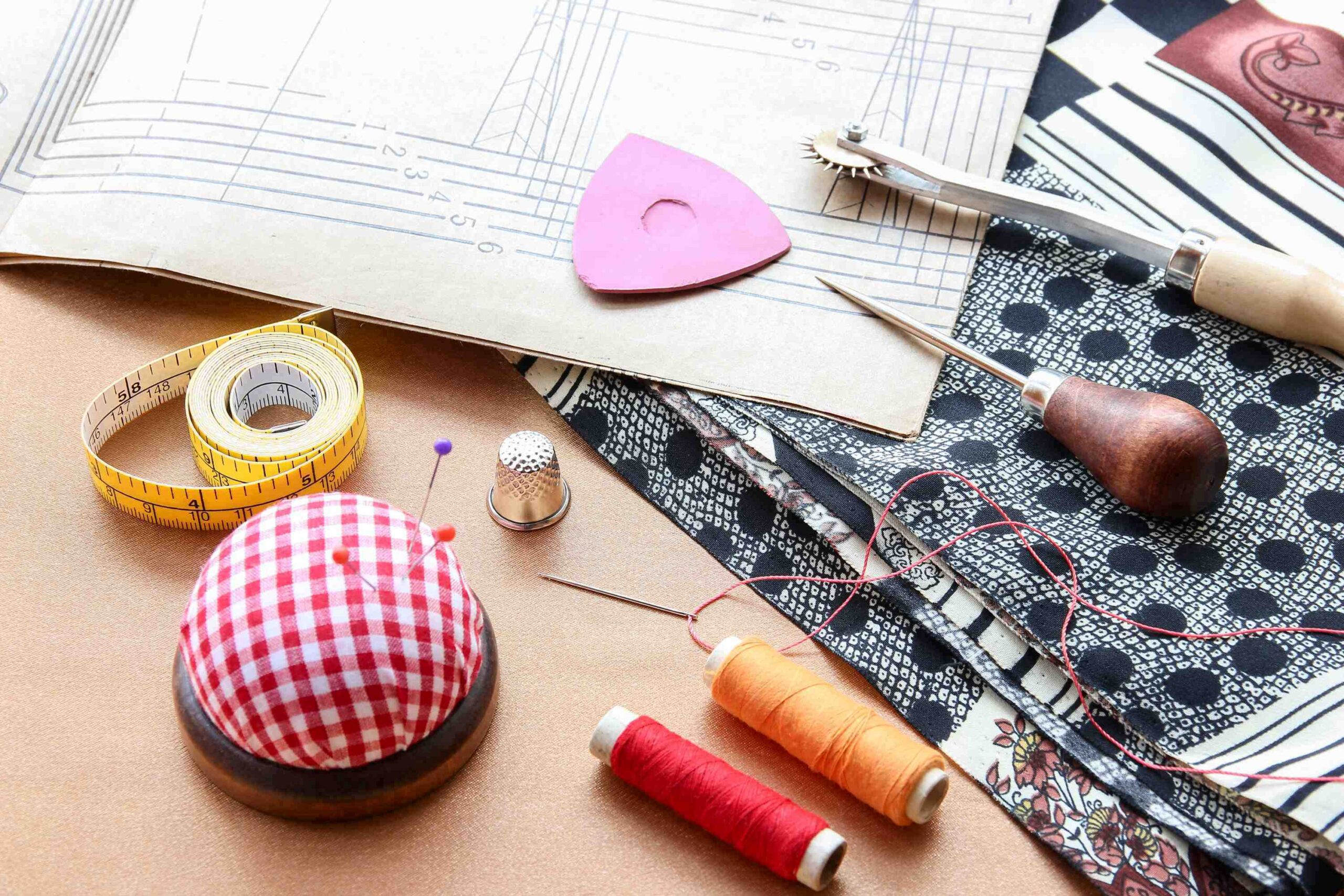 There are so many online shops to get your sewing supplies. Aliexpress, Amazon and Etsy are a few of these shops.
There are so many online shops to get your sewing supplies. Aliexpress, Amazon and Etsy are a few of these shops.
Be sure to also check stores within your locality.
Personally, I enjoy sourcing from my supplies and fabric from our local market here in Nigeria. It gives me a feeling of thrill and excitement as I get to learn what’s new in the textile world.
I also enjoy physically seeing and touching the fabrics to test for quality and durability. You can call me old school; it is what it is.
If you don’t have the liberty of visiting a physical shop for your supplies, or if online purchases are your thing, you can always read up reviews from online shoppers before you part with your money.
I did an in-depth blog post on the essential and basic sewing tools you will need to start your new found craft.
With these tools, you are well equipped to start sewing your dream wardrobe.
Any other tool not listed here is good to have, but not an essential.
-
START WITH THE BASICS
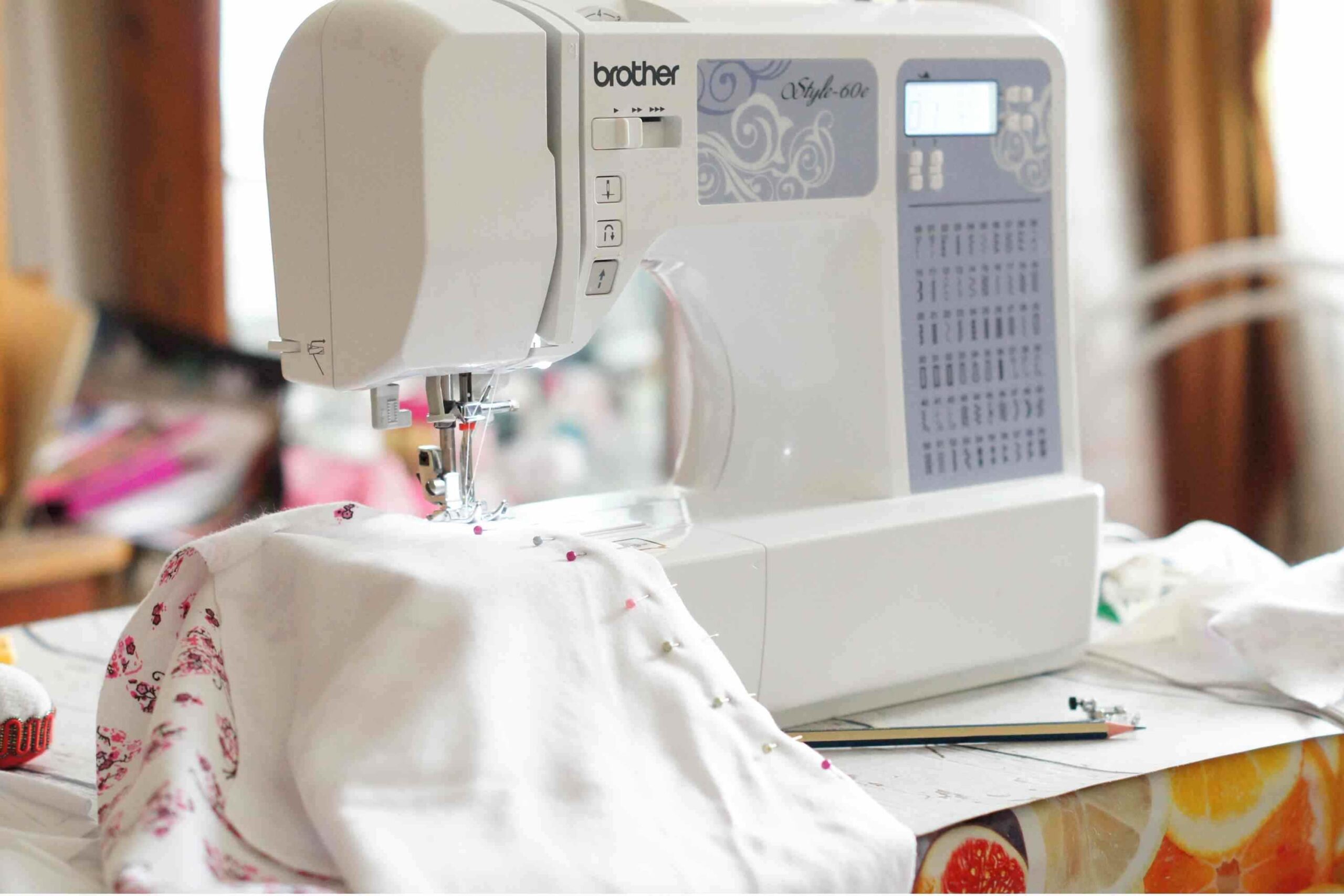 This can be working with the right and easy to use tools, working with an easy-to-handle fabric and working with an easy to sew design.
This can be working with the right and easy to use tools, working with an easy-to-handle fabric and working with an easy to sew design.
I will always refer to my sewing journey because that is how I’ve been able to build experience to know what has worked and didn’t work.
When is started sewing, I jumped right up to sewing skirts and bustiers. This shouldn’t have been because I needed to first of all learn how to stitch in straight lines, then curved lines then progressed to sewing simple things like handkerchief, pillow cases and tote bags.
Starting with the basics and building up as you go is crucial as this will help you enjoy and appreciate your sewing journey more.
-
START WITH BEGINNER FRIENDLY FABRICS
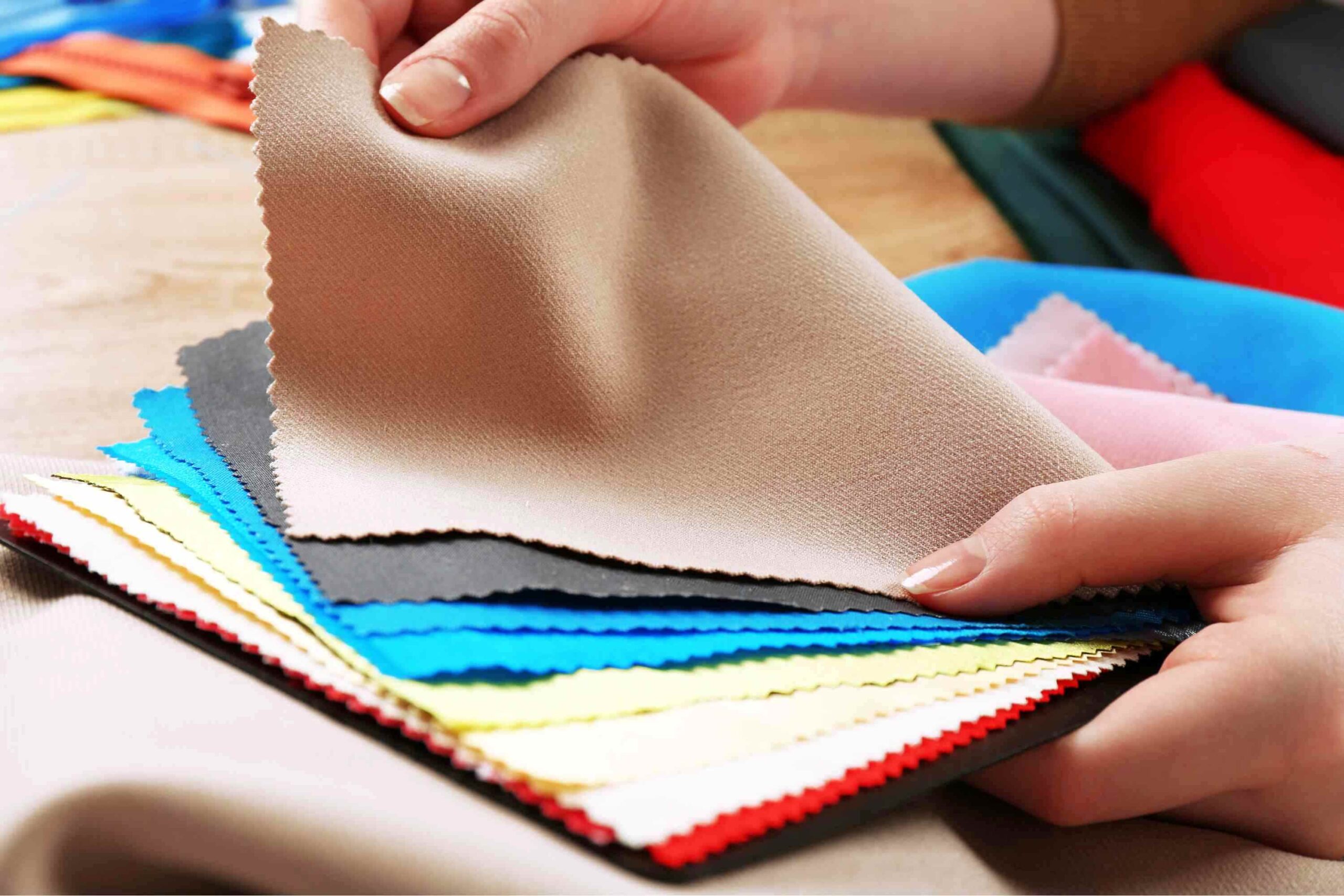 When I started sewing, I was too excited to try my hands on luxury fabrics like lace, silk, duchess and organza.
When I started sewing, I was too excited to try my hands on luxury fabrics like lace, silk, duchess and organza.
This determination can be a good thing, but as you can already guess, the timing was wrong.
The end results were terrible. Because I wasn’t well prepared for the struggles of working with a difficult fabric, I ended up messing up my projects and almost gave up on my sewing due to frustration.
I cannot stress enough how important it is starting out with an easy to sew fabric. With constant practice and a good amount of experience, you can grow to working with difficult fabrics.
Woven fabrics are more beginner friendly. You can start with a variety of woven fabrics like twill, lawn, cotton and double gauze for your beginner sewing projects and progress into more difficult fabrics like knits and laces.
The weight of your fabric should also be considered when starting your sewing journey.
Light weight fabrics like chiffon, organza, silk and cotton batiste are quite see through, and will require some form of lining to give it more structure.
They are more for tops and drapery designs.
However, be aware that such fabrics can be quite daunting to sew as they tend to move around a lot and requires a level of carefulness to sew and handle.
I will recommend medium weight fabrics like crepe, linen, gabardine, challis and muslin. These options have a sweet spot for fabric weight, hence the name ‘medium weight fabric. They are indeed a good choice for beginner sewing projects.
Heavy weight fabrics like denim, velvet and corduroy should be avoided at beginner level and saved for later projects until you have acquired a fair level of experience and skill.
-
LEARN HOW TO TAKE ACCURATE BODY MEASUREMENTS
 Measurements are what will determine the final fit of your garment. It is a very important knowledge to have.
Measurements are what will determine the final fit of your garment. It is a very important knowledge to have.
It is not a good thing to have a well sewn clothe that doesn’t fit. In some cases, I have observed that clients will forgive a poorly finished garment than a badly fit garment. I don’t know for other culture, but I’m guessing it’s same.
Taking measurements are not a one-off exercise as our body sizes are susceptible to changes every now and then.
If you want to learn how to start making your own clothes, knowing how to take your own measurements are a must for a perfect fit. When taking your own measurement, be sure to use a mirror for guidance.
-
PATTERNS
 In Nigeria, we are not so used to buying sewing patterns. This is because we learn how to make our own pattern from scratch either using free hand method of making patterns, or pattern drafting method.
In Nigeria, we are not so used to buying sewing patterns. This is because we learn how to make our own pattern from scratch either using free hand method of making patterns, or pattern drafting method.
Till date, I make my own pattern myself and I haven’t had the need for already made pattern.
It’s part of our sewing culture, and I think it has been more helpful and beneficial to an extent.
However, if you want to work smart and not hard, and save more time with sewing, then you will need to buy sewing patterns.
There are a whole bunch of patterns out there, but be sure to get one with adequate pattern instruction and fits your style.
One of the benefits of making your own pattern is that you get to play around with design elements and create your original design from scratch.
On my YouTube channel, I have videos on pattern making that can help you kickstart your pattern making skill.
If this sounds like something you may be interested in, then do check it out.
If not, then get to shopping your favorite pattern online.
Some pattern companies to check out are;
There are a wide variety of options, but this should give you a good start.
-
ATTEND SEWING CLASSES
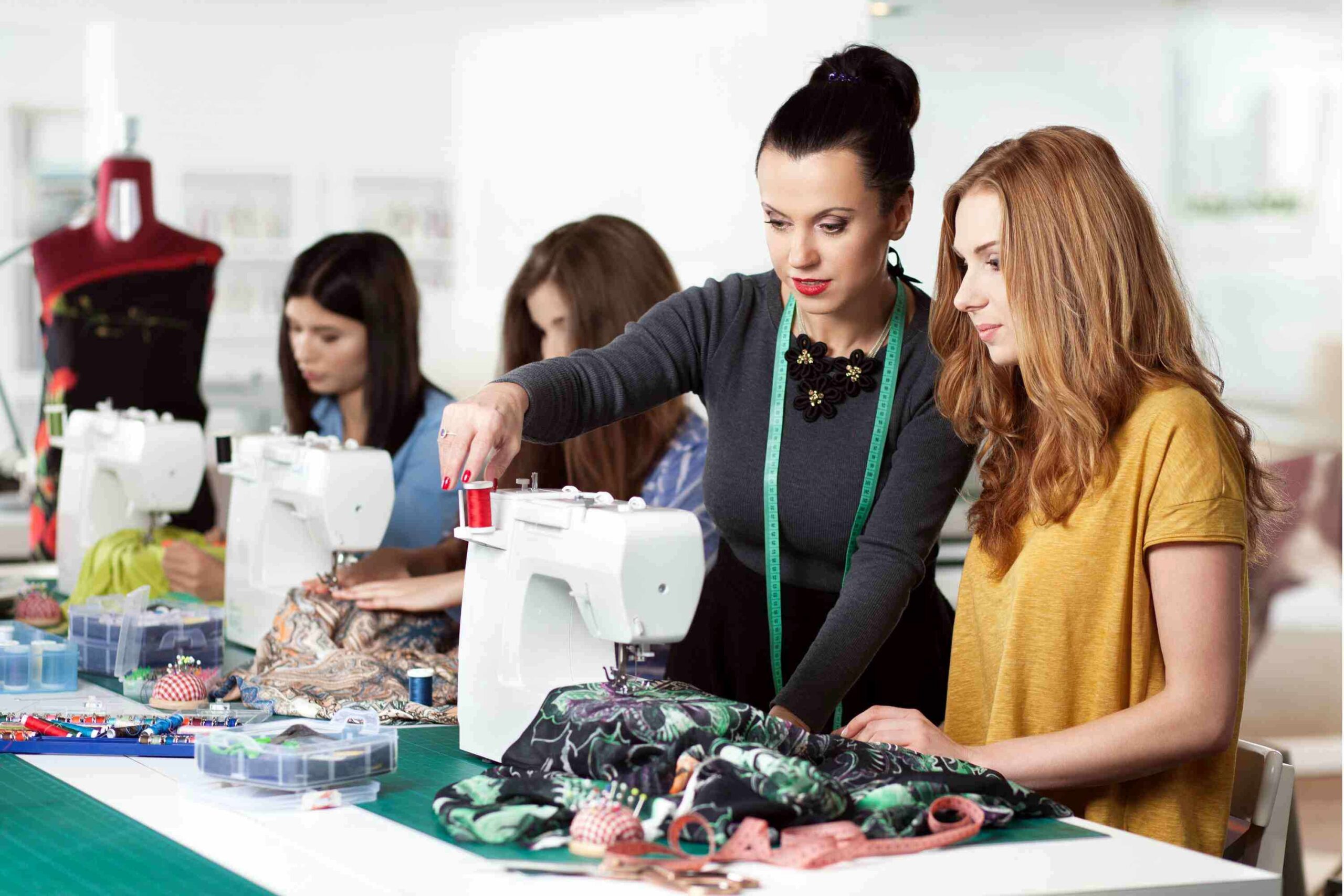 Just as there are tons of sewing patterns to choose from, so are there arrays of sewing courses online.
Just as there are tons of sewing patterns to choose from, so are there arrays of sewing courses online.
I believe that most of these courses are highly specialized due to how broad the sewing field is.
When you might have determined what your style is, you will be able to decide which sewing lesson will be most appropriate and beneficial for you.
You can choose to attend a physical class if you have one close to you, or you can attend online classes for sewing.
Platforms where you can attend sewing classes are Skillshare, Teachable, Udemy, Thinkific to mention but a few.
If you are on a tight budget or do not want to part with your money just yet, you can learn a whole lot with YouTube videos and tutorials.
There are millions of sewing tutorial to find on YouTube.
Another great resource is Pinterest. This has got to be my favorite social media, as there are so many contents to inspire you.
However, one of the downsides of learning from YouTube videos is that you get to access too many tutors with different sewing methods and technique. This can seem overwhelmingly confusing especially for a beginner which I’m guessing that you are.
Also, most of the videos are without structure, unlike sewing courses that has a laid down and detailed course module that you can follow.
To overcome this problem, I will advise sticking to a few YouTube tutors so that you don’t overload yourself with too much information.
I have my own YouTube channel, where I teach you how to start sewing your own clothes in the easiest way possible, breaking down my lessons in easy-to-follow steps to aid comprehension.
Do well to check it out, and don’t forget to subscribe.
-
CREATE TIME FOR SEWING
Just as you schedule all important areas of your life, so should you schedule in time for sewing.
With the right environment, tools and mindset, this activity should be something you look forward to.
When you do this and actually get down to sewing, put yourself in the right mood, using whatever means to help you relax.
Personally, I enjoy playing some music in the background or listening to a podcast while at it.
Be sure not to do something that will divide your attention especially as a beginner. You will need a good amount of concentration while sewing.
-
PRACTICE MORE OFTEN
 Practice they say makes for improvement. As it is with other endeavors of life, so is sewing.
Practice they say makes for improvement. As it is with other endeavors of life, so is sewing.
When you sew more often and make mistakes, you do better next time by avoiding the mistake. This is a huge plus to your experience, and was made possible by practice.
In sewing, the quantity of clothes you make improves the quality of your craft.
As you grow, challenge yourself with more daunting fabrics and designs for it is by practicing that you become a seasoned and professional dress maker.
-
EXERCISE PATIENCE
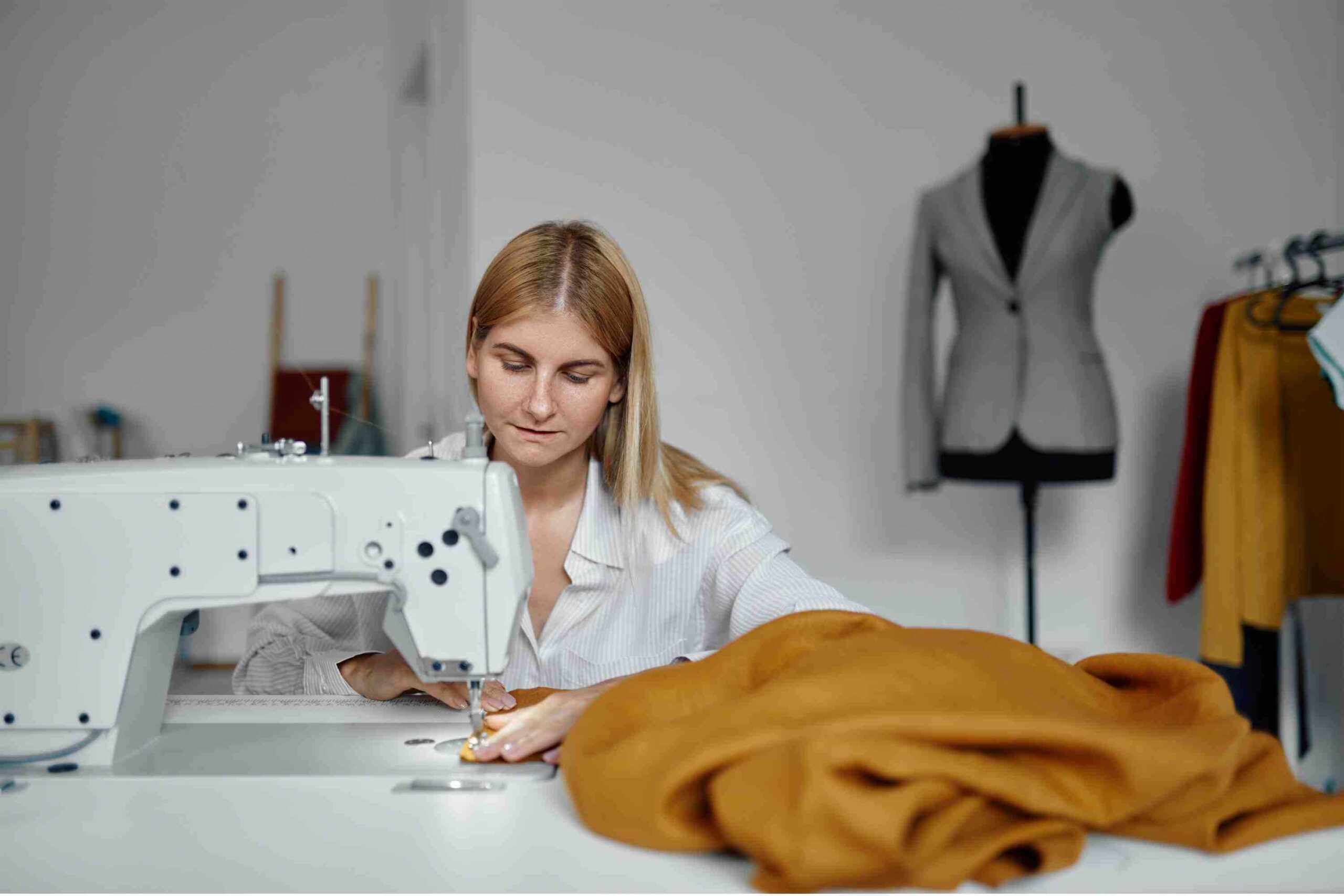 You need a heavy dose of patience when you start sewing your own cloth. It is cheaper making your own clothes, but for what you save in money, you spend in time and a good amount of patience.
You need a heavy dose of patience when you start sewing your own cloth. It is cheaper making your own clothes, but for what you save in money, you spend in time and a good amount of patience.
Sewing is one skill that will test your patience. The lack of patience is one of the reasons many people give up on their sewing and loathe the thought of it.
If you lack patience, then this craft is not for you because you can’t do without it.
In conclusion, learning how to make your own clothes can take between 6 months to 18 months depending on your level of understanding and your frequency in practice.
Would I advise anyone to start sewing their own clothes?
Absolutely yes!
It gives you an amazing feeling of accomplishment and fulfillment when you are able to oversee a design concept from inception to an astonishing finished work.
YOU MAY ALSO LIKE
Sewing lingos to learn for complete beginners
16 guest room ideas that will make your visitors feel at home